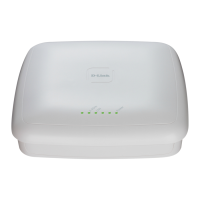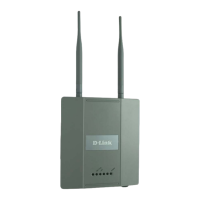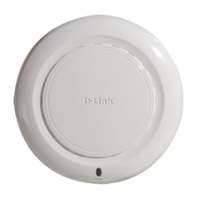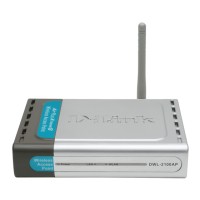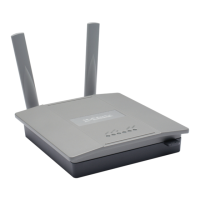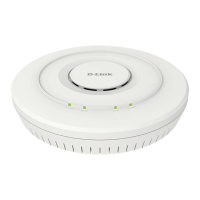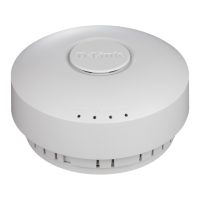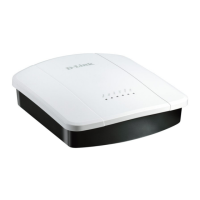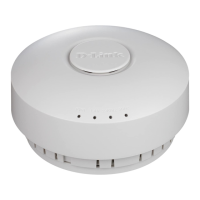D-Link Unified Access System Software User Manual
02/15/2011
Page 190 Document 34CS3000-SWUM104-D10
Click Refresh to update the screen with the most current information.
SNMP TRAP CONFIGURATION
Use the SNMP Trap Configuration page to configure whether or not SNMP traps are sent from the Captive Portal and to
specify captive portal events that will generate a trap.
All CP SNMP traps are disabled by default.
To configure SNMP trap settings for various captive portal features, click Security > Captive Portal > SNMP Trap
Configuration.
Figure 98: SNMP Trap Configuration
Table 82 describes the events that generate SNMP traps when the status is Enabled.
• To update the switch with the values on the screen, click Submit. If you want the switch to retain the new values across
a power cycle you must perform a save.
• To update the screen with the most current information, click Refresh.
Table 82: SNMP Trap Configuration
Field Description
Captive Portal Trap Mode Choose one of the following captive portal trap modes:
• Select Enable to allow the SNMP agent on the switch to generate captive portal SNMP
traps that are enabled.
• Select Disable to prevent the SNMP agent on the switch from generating any captive
portal SNMP traps, even if they are individually enabled.
Client Authentication
Failure Traps
If you enable this field, the SNMP agent sends a trap when a client attempts to
authenticate with a captive portal but is unsuccessful.
Client Connection Traps If you enable this field, the SNMP agent sends a trap when a client authenticates with and
connects to a captive portal.
Client Database Full Traps If you enable this field, the SNMP agent sends a trap each time an entry cannot be added
to the client database because it is full.
Client Disconnection Traps If you enable this field, the SNMP agent sends a trap when a client disconnects from a
captive portal.
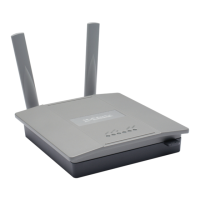
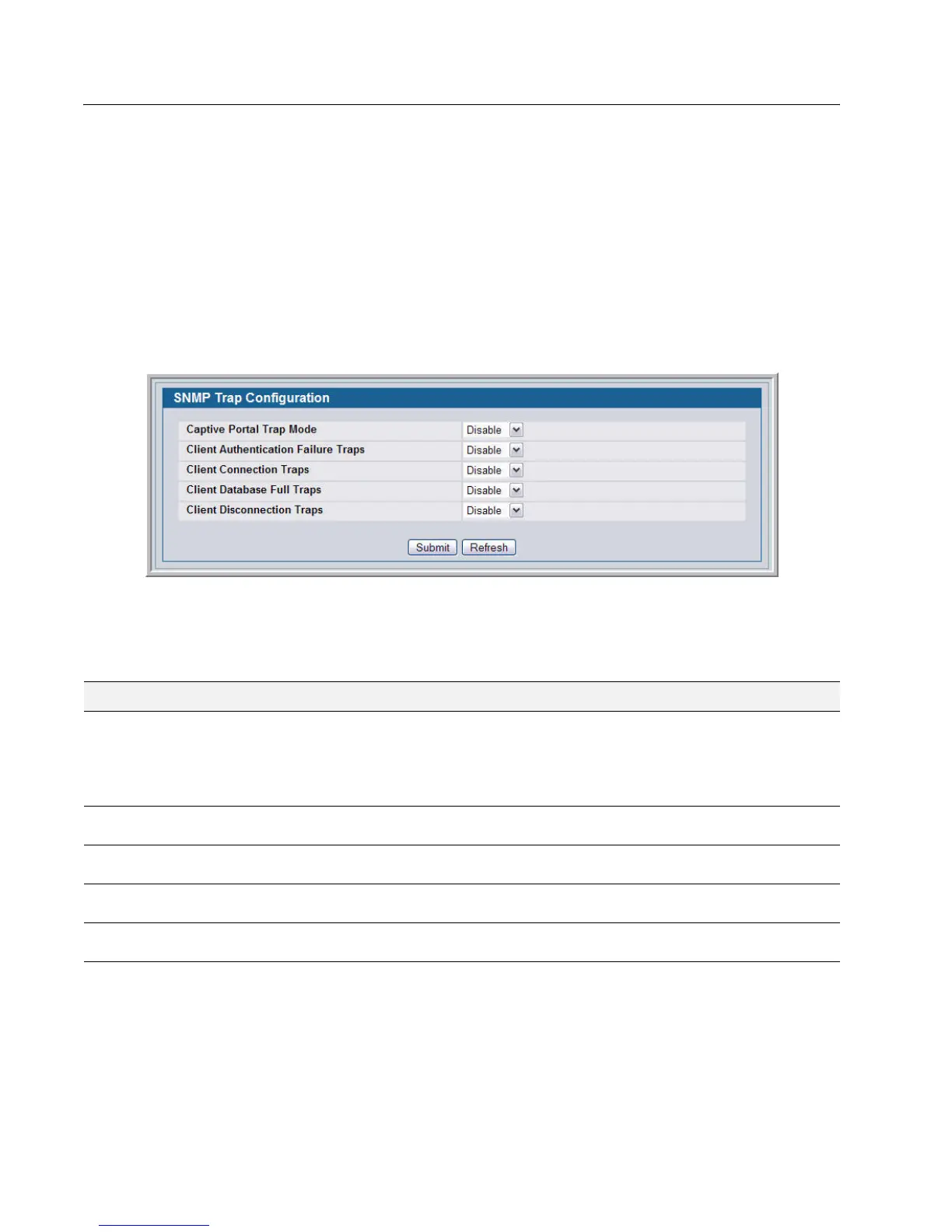